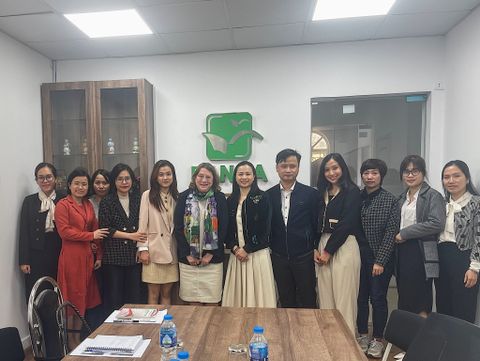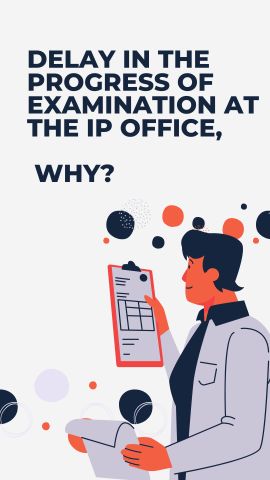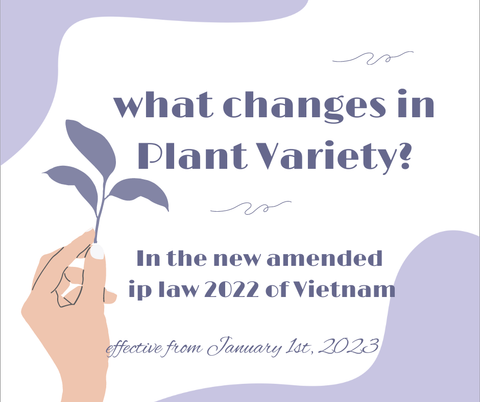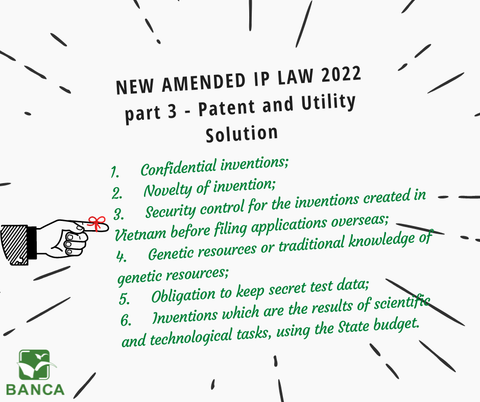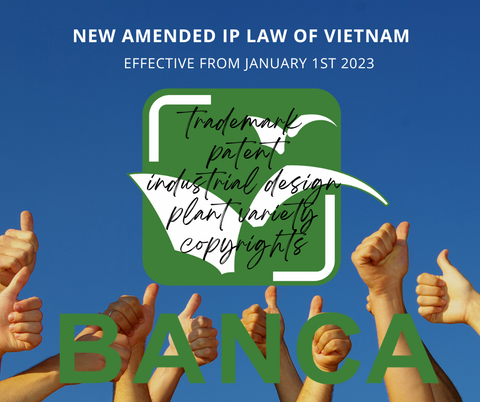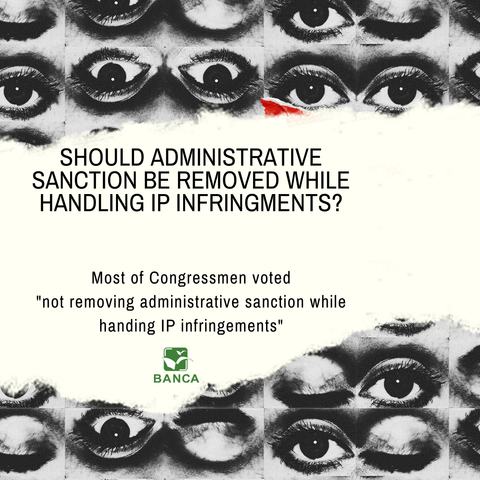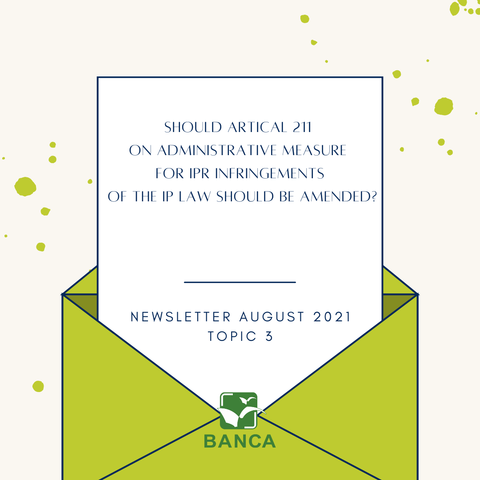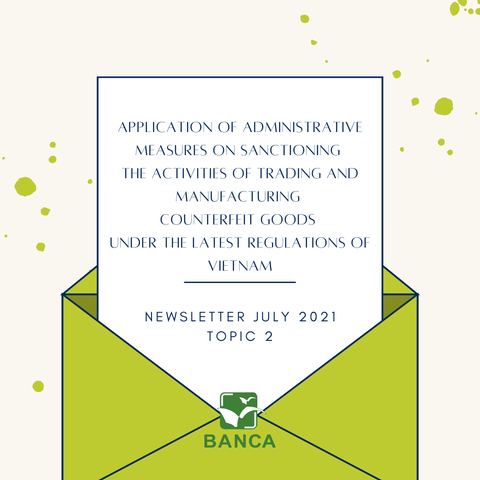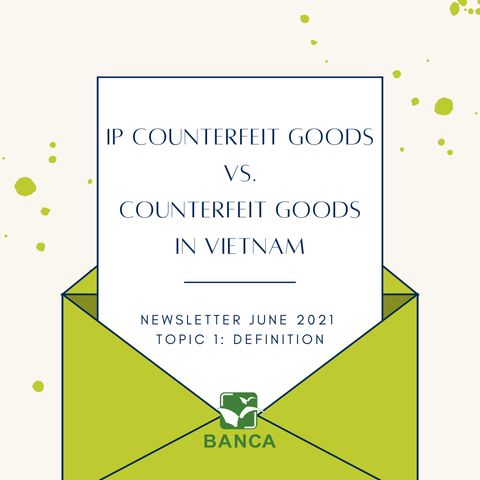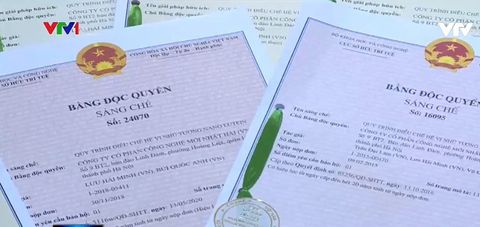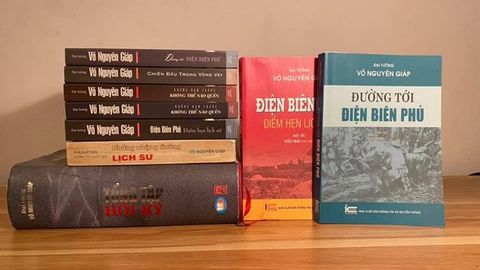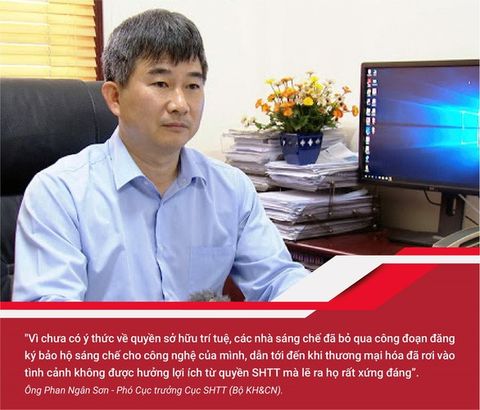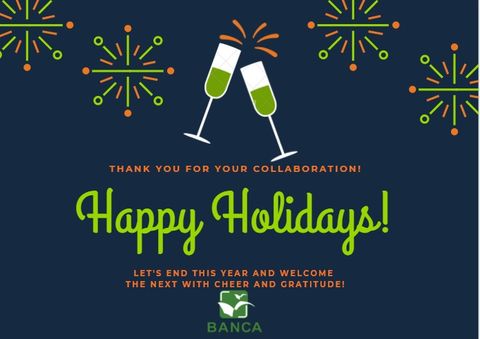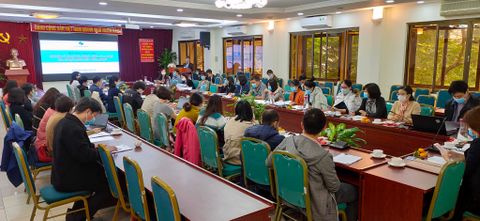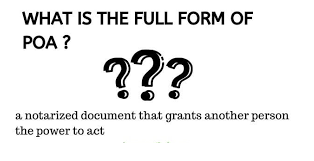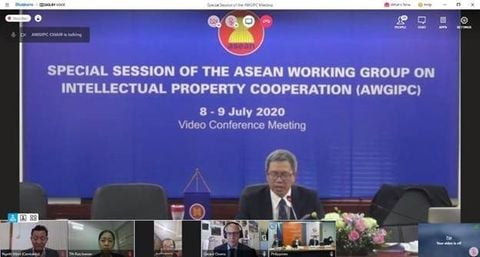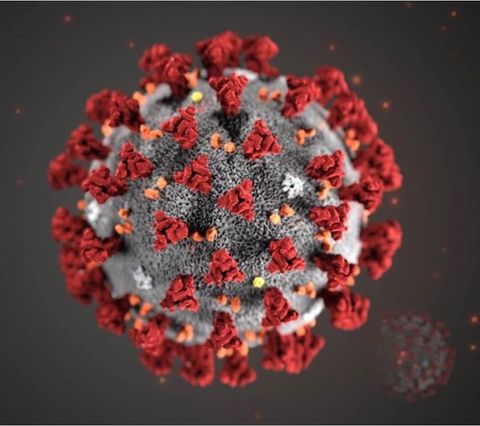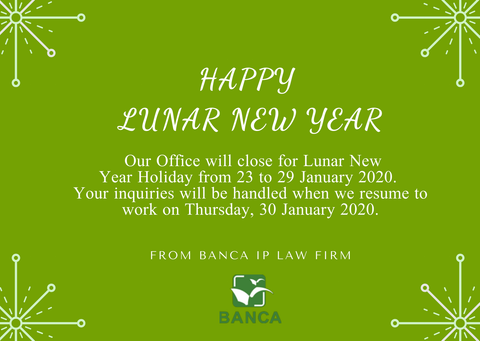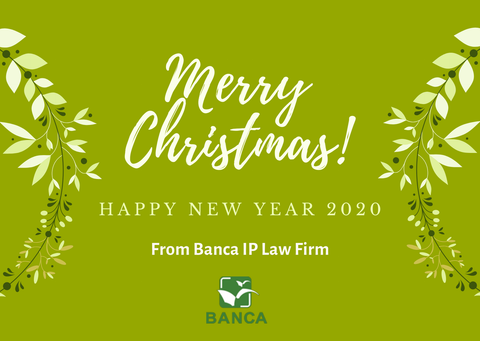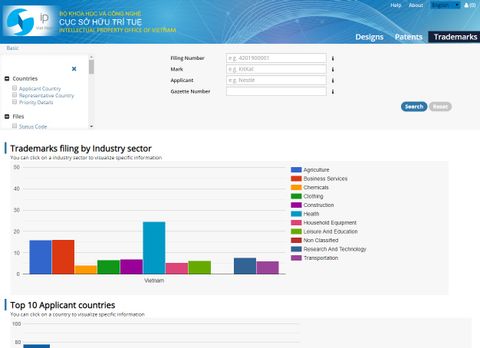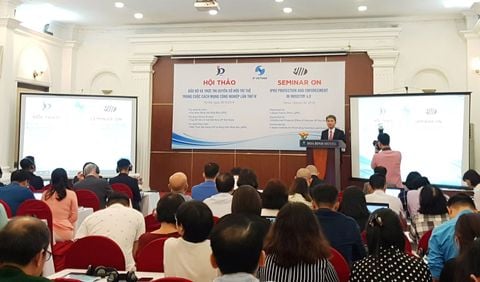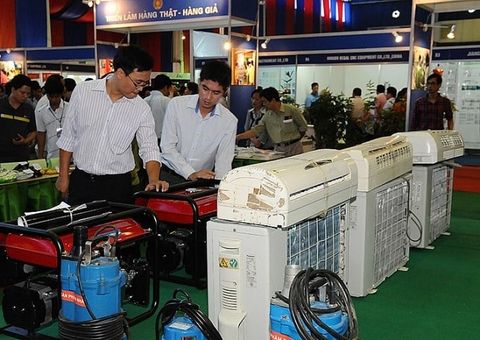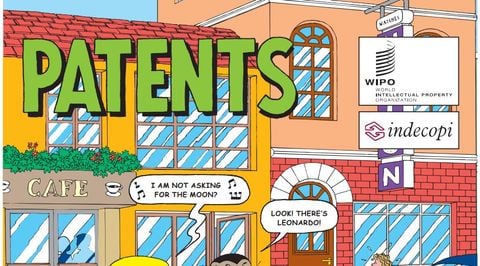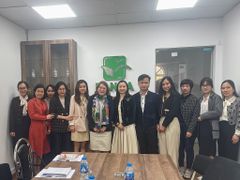
Date: 18-08-2022 by: Banca IP Law Firm
MAIN CONTENTS OF THE AMENDED IP LAW 2022 - SECTION 5 – COPYRIGHT
On June 16, 2022, the National Assembly of Vietnam officially approved the amended Intellectual Property Bill (hereinafter referred to as the amended IP Law) which will take effect from January 1, 2023, except for some articles. This is the third time the Vietnamese IP Law has been amended and supplemented since its promulgation in 2005. Accordingly, a wide range of contents, including copyright is amended and supplemented. This reform of regulations on copyright in Vietnam is also in the wave of amendments to copyright law worldwide within 10 recent years, for example the copyright law reform in the European Union in 2019, in China in 2020, and in Singapore in 2021. The reason for this wave is the rapid changes in technology, leading to more and more inadequacies in copyright law while facing technological challenges.
The most outstanding changes in copyright are probably provisions on cases of assignment and transfer of copyright and copyright-related rights.
The main purpose of reform of regulations on copyright in Vietnam is to facilitate commercial exploitation of works and to promote creativity. Therefore, regulations on the identification of copyright owners are stated more clearly and specifically, making the transfer process run smoothly.
Details of the amended and supplemented terms are listed below:
(1) Amending and supplementing a number of terminologies in Article 4, notably:
- Amending Clause 10: Reproduction means the making copies of all or a part of a work or a phonogram or video recording by whatever mode or in whatever form.
- Supplementing Clause 10a, b, c, d: Regulations on Royalties, Technological Measures Protecting Rights, Effective Technological Measures and Rights Management Information.
(2) Clarifying the rights of authors, co-authors, performers, producers of phonograms, video recordings, broadcasting organizations, copyright owners, and related right owners in Article 12a, Article 19, Article 20, Article 21, Article 22, Article 29, Article 30, Article 31, Article 36, and Article 44, notably:
- Supplementing Article 12a on Authors and Co-authors: The author is the person who directly creates the work. In case there are two or more people directly co-creating the work with the intention that their contributions will make a complete work, those persons are co-authors; the persons who support, comment, provide materials are not the authors, co-authors.
- Amending Clause 1 of Article 19 on Moral Rights: The author may transfer the use of his or her work naming right to the organization or individual receiving the assignment of property rights stipulated in Clause 1 of Article 20 of this Law.
- Amending Article 21:
For cinematographic works: The revised Law clearly distinguishes the copyright of screenwriters and directors from other subjects such as cameramen, montage-makers, music composers, art designers, studio sound, and lighting and art designers.
For theatrical works: The revised Law clearly distinguishes the copyright of playwrights from other subjects such as authors of literary works, musical composers, stage directors, music conductors, choreographers, and stage designers.
Please note that the copyright of the above subjects as regulated before is the same for each work type.
- Article 22: Supplementing the contents “Authors and copyright owners to computer programs have the right to agree in writing with each other on repairing and upgrading computer programs”
(3) Amending and supplementing regulations on limitations and exceptions to copyright and related rights in Article 25, Article 25a, Article 26, Article 32, and Article 33.
(4) Clearly stipulating organization, operation, rights and obligations of collective management organizations of copyrights and related rights in order to ensure publicity and transparency. (Article 56)
(5) Amending and supplementing some regulations on copyright and related rights, aiming to continue administrative reform and transparent administrative procedures. (Article 49, Article 50, Article 52, and Article 55), notably:
- Supplementing the application submission methods through the online public service portal or postal service into Clause 1 of Article 50.
- Amending Clause 2 of Article 50 relating to the registration application forms of copyright and related rights, specifically: adding information about re-issuance, replacement (if any) and the registration application forms must be signed or pointed by authors, copyright owners, related right owners, except for the cases of physical inability to sign or point.
- Amending Article 52: In case of refusal to grant a copyright registration certificate or a related right registration certificate, the State administrative authority of copyright and related rights must notify in writing and clearly state reasons for the applicant.
- Amending Article 55: Supplementing the time period for re-issuance or replacement of copyright registration certificates and related right registration certificates, specifically: the state authority shall proceed with re-issuing copyright registration certificates and related right registration certificates within 07 working days from the date of receipt of valid dossiers; replacing copyright registration certificates and related right registration certificates within 12 working days from the date of receipt of valid dossiers.
(6) Clarifying regulations on group of acts of infringement of copyright and related rights, supplementing regulations on presumption of rights and legal responsibilities of intermediary service providers, promoting enforcement of industrial property rights in the digital environment. (Article 28, Article 35, and Article 198b).
